Many moons ago I was keen to try my hand with large format, as large as I could manage, 10 x 8 seeming a good choice. You can tell how long ago from my pinhole shot of the Humber Bridge in the UK which shows it under construction some 50 years ago! Since large format film was way beyond my means at the time I thought I would try enlarging paper to produce paper negatives which I would then contact print onto more enlarging paper to produce a positive image, just like Fox-Talbot.
Why Multigrade?
Enlarging printing paper is coated with a light sensitive emulsion in similar fashion to camera film, but the formulation varies to take into account the different contrast grades required. This can work to advantage with Ilford’s Multigrade papers because they address this need in one paper by means of filters in the enlarger light path and three emulsion layers, each with a different response to blue light which produces the variable contrast grades. Yellow filters will therefore control the blue content of the light, modifying the degree of contrast in the image.
Cameras.
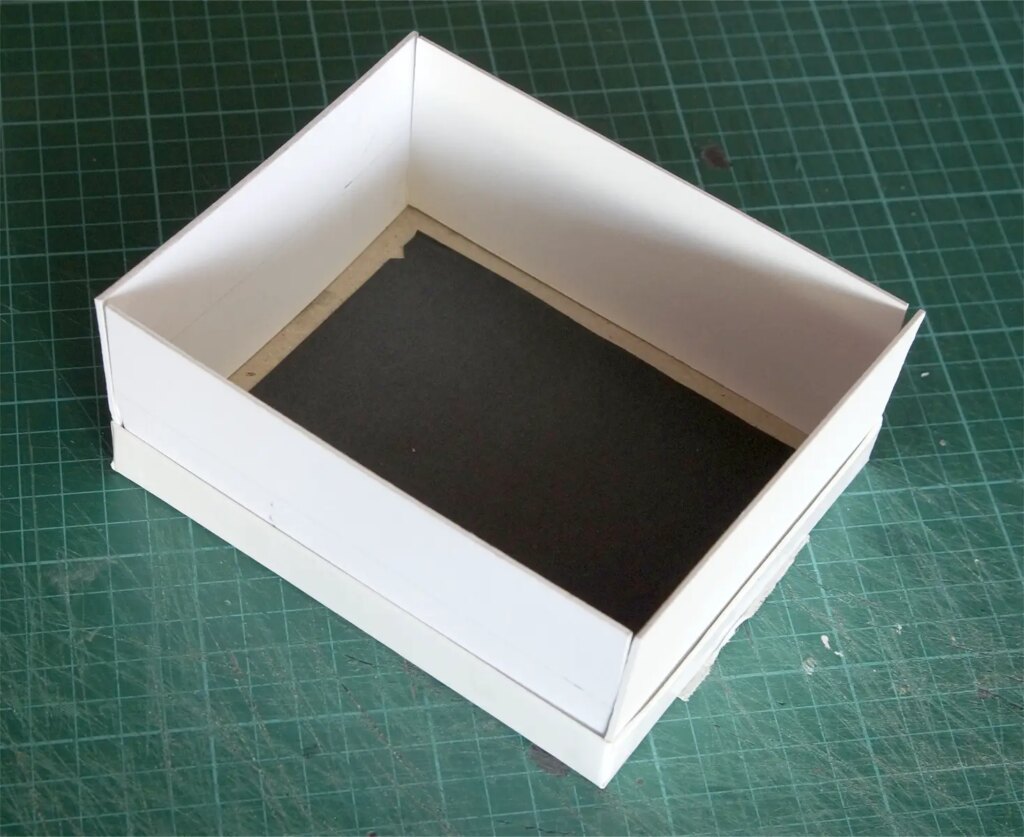
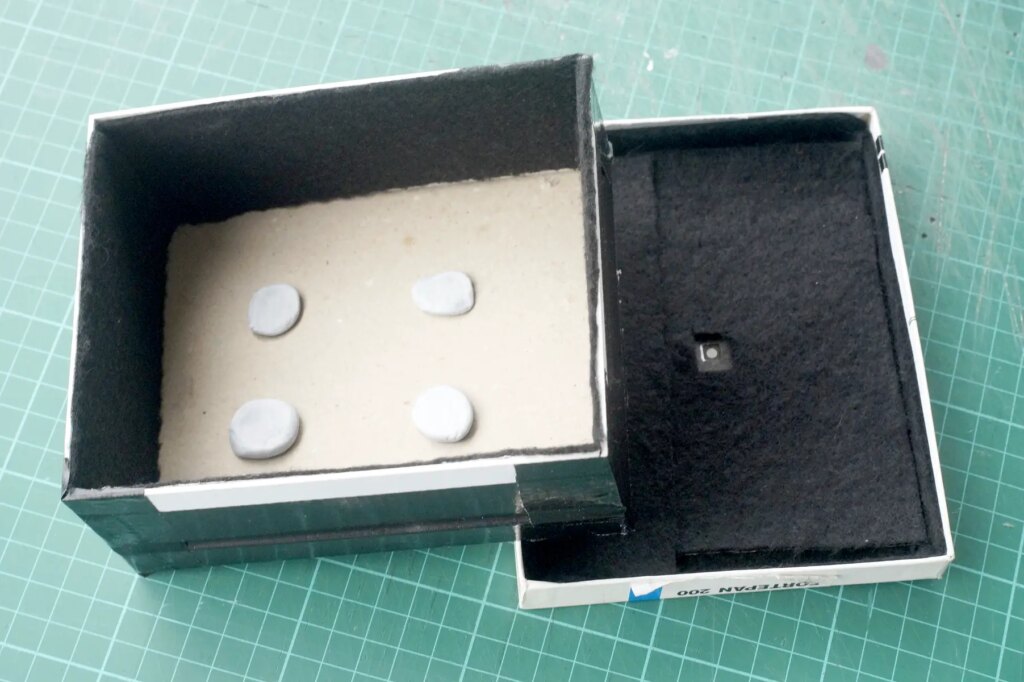
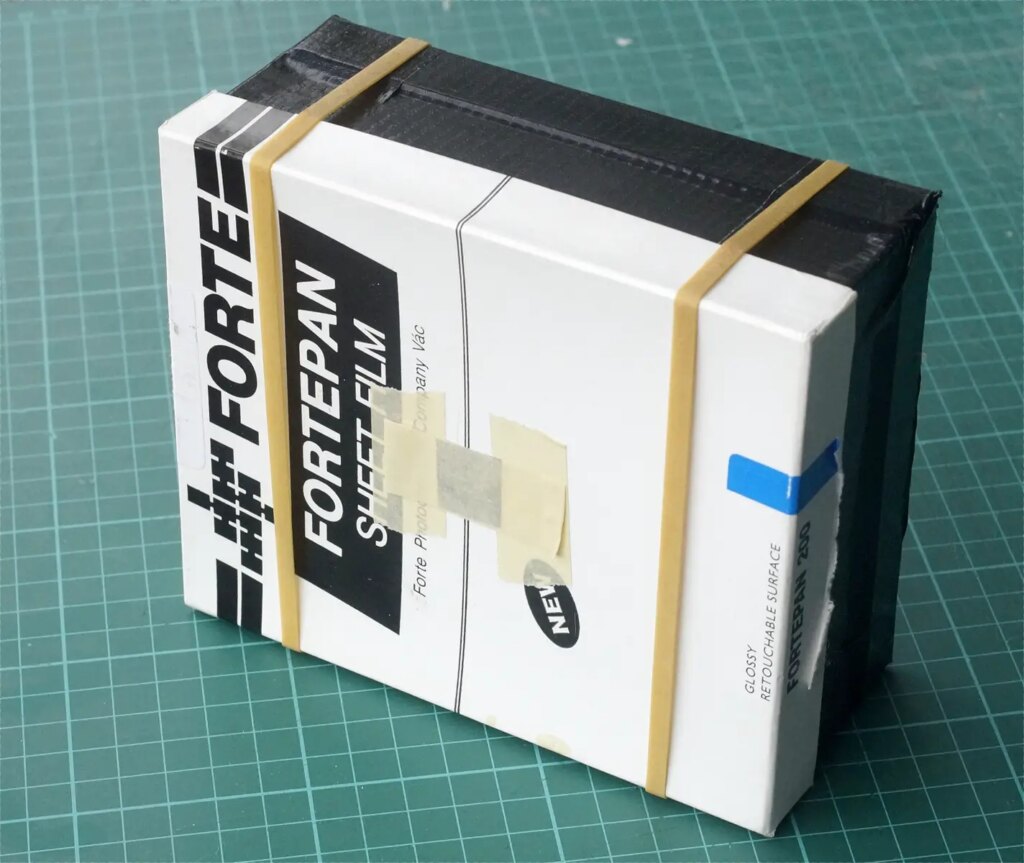
I started out by making pinhole cameras from Ilford Multigrade enlarging paper boxes with a card tube spacer taped between top and bottom to give me the focal length I required. A home made pinhole from kitchen foil punched out with a sawn off needle and a cork was taped over a hole in the box top, with a tape “shutter”. The recent example shown made from a 5×4 film box is made the same way. The whole thing was held by rubber bands onto a projector stand which fitted onto the tripod I had at the time.
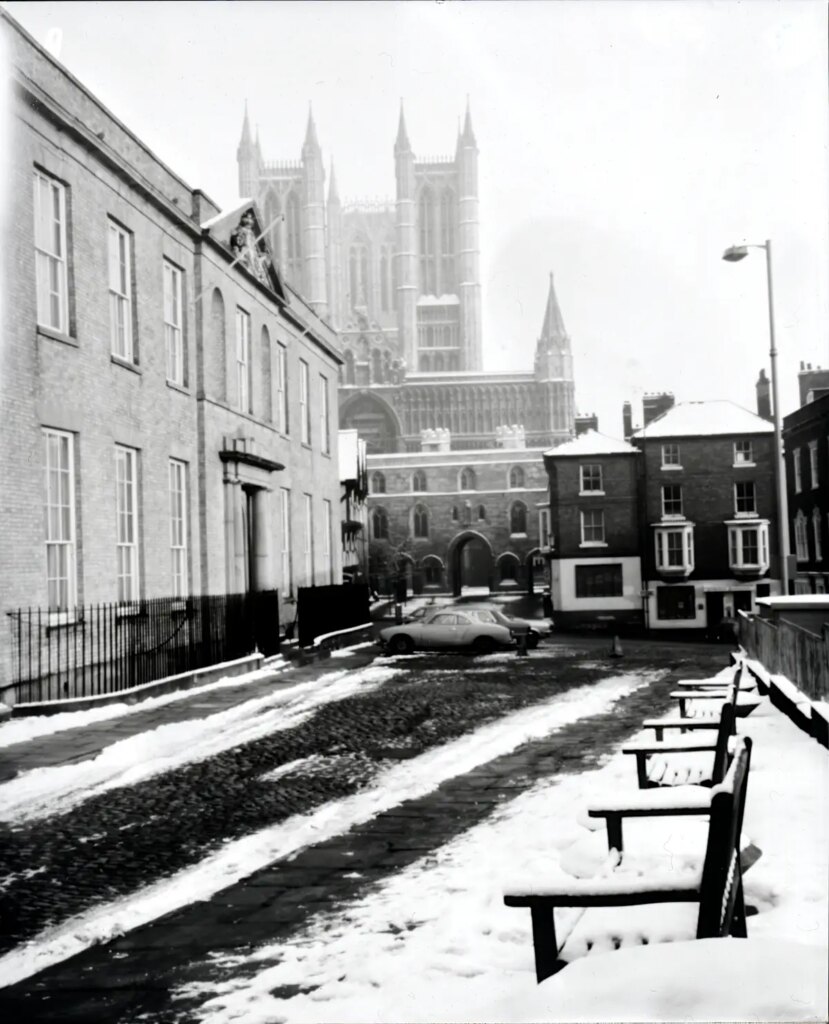
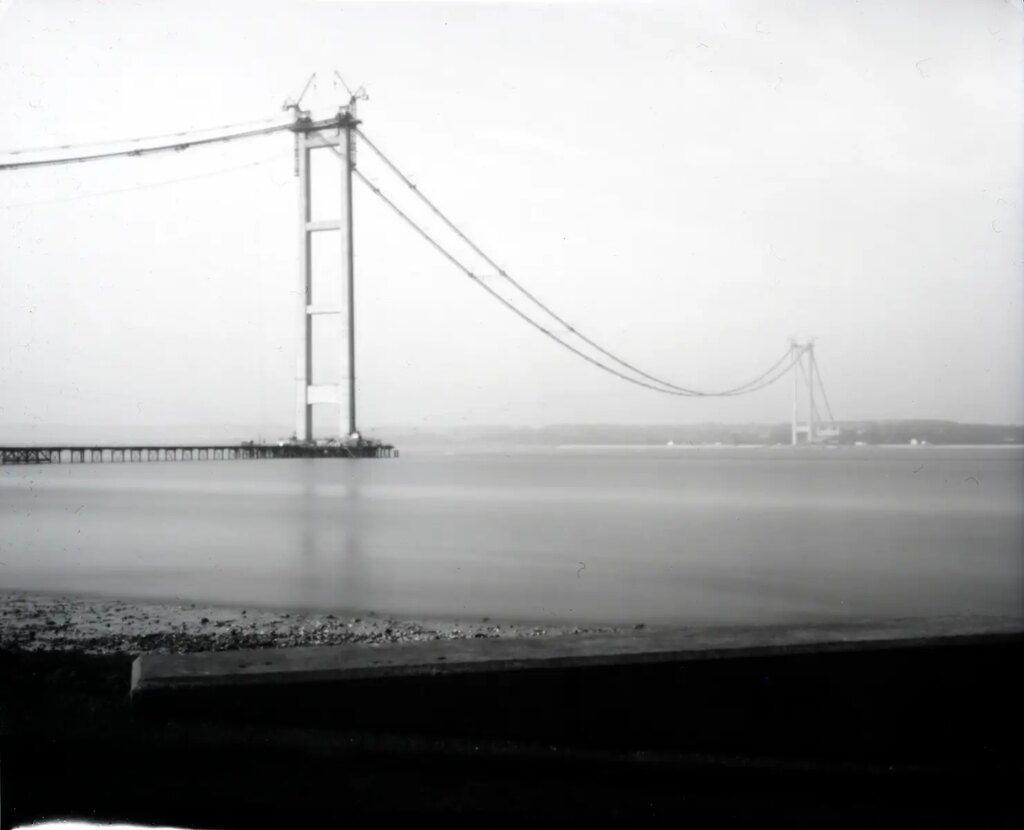
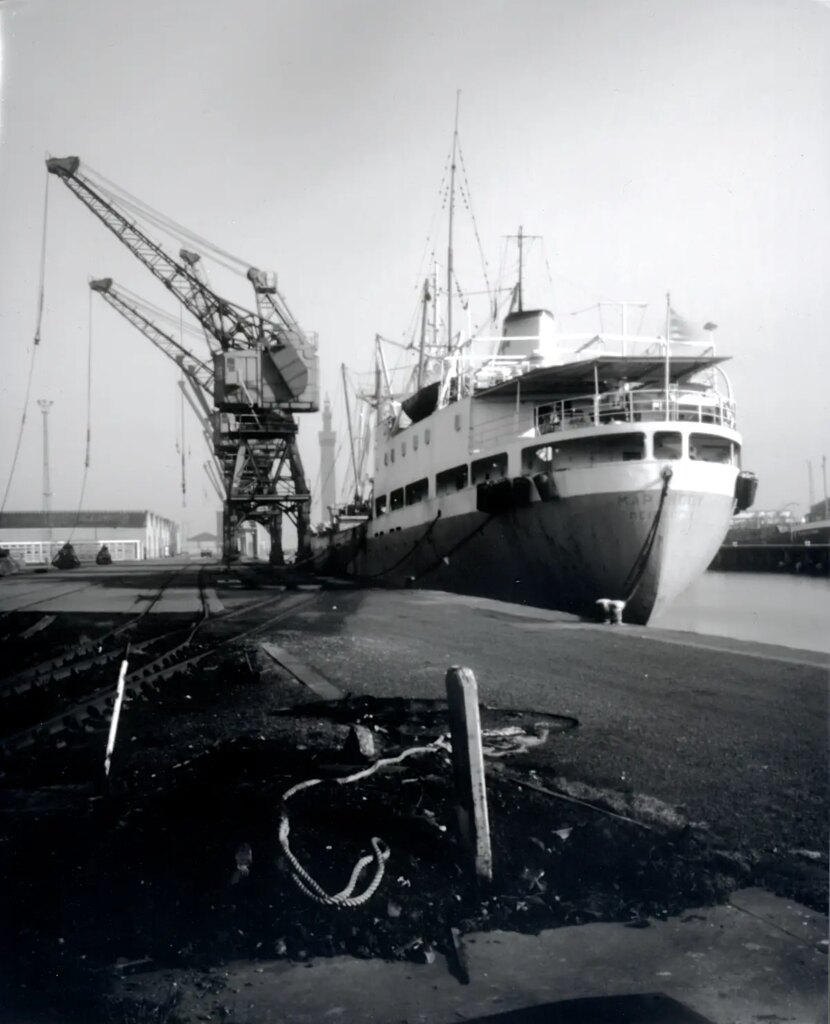
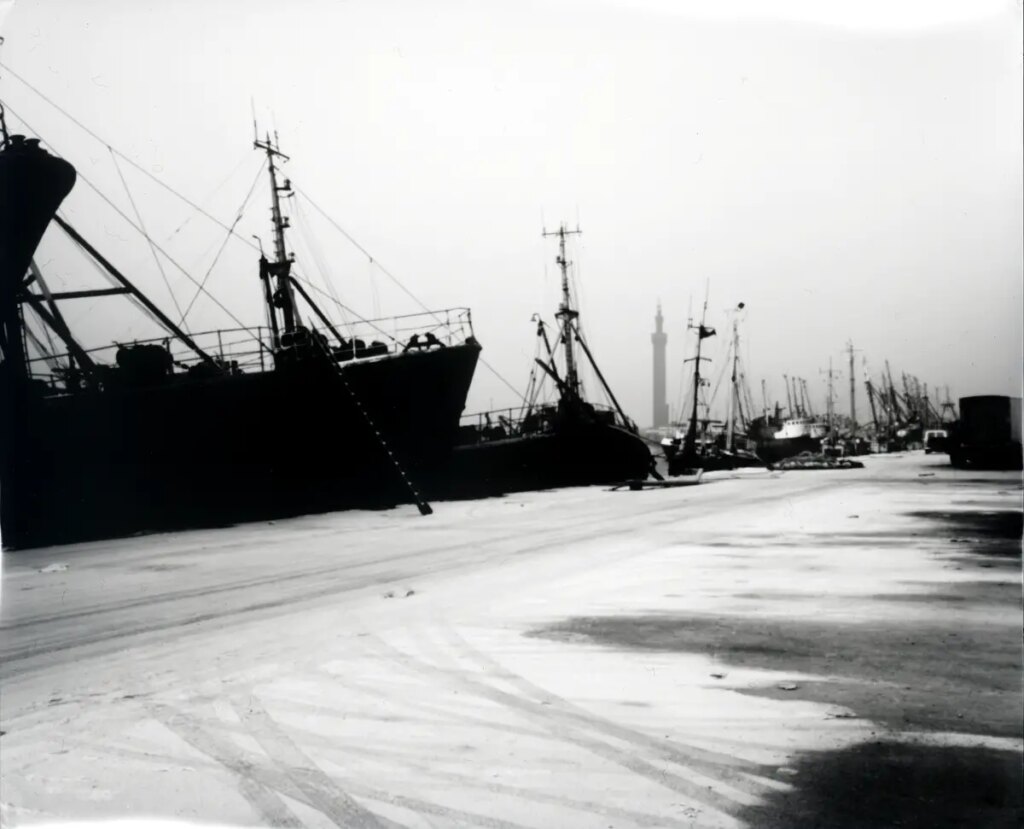
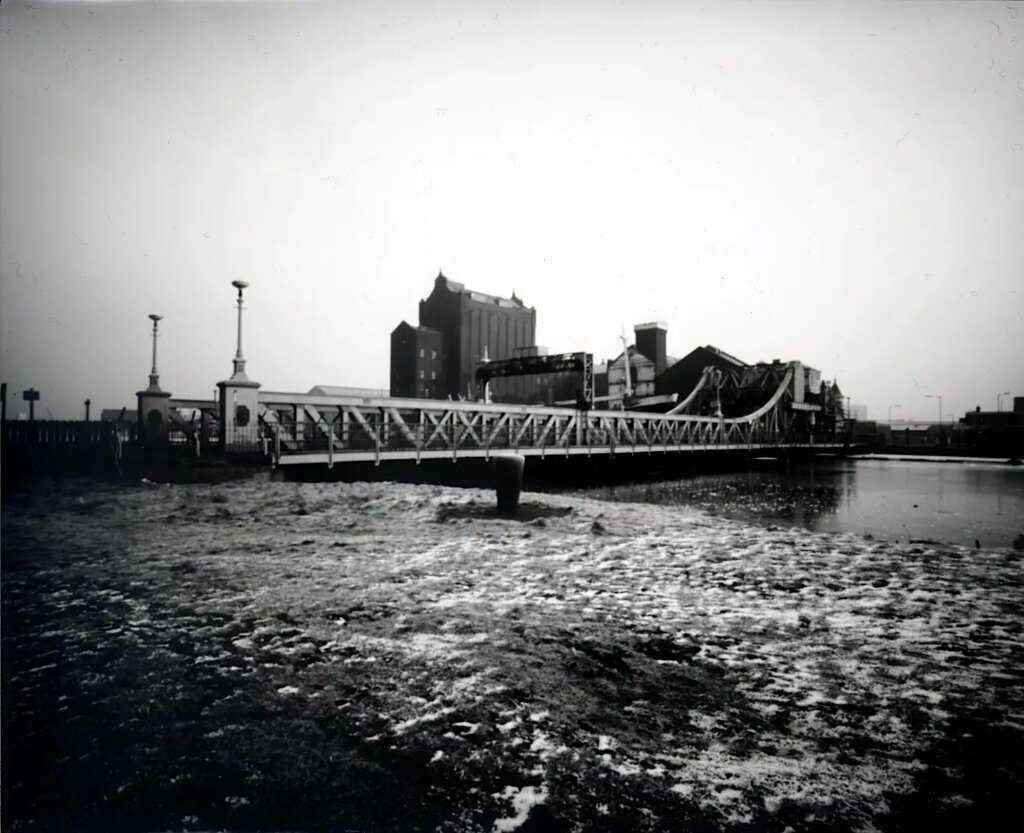
Multigrade RC resin coated paper does not curl and naturally lies very flat unlike fibre base paper, so the paper box cameras only needed blobs of Blu-tak to hold it in place. I did need multiple cameras for more than one exposure when out and about though.
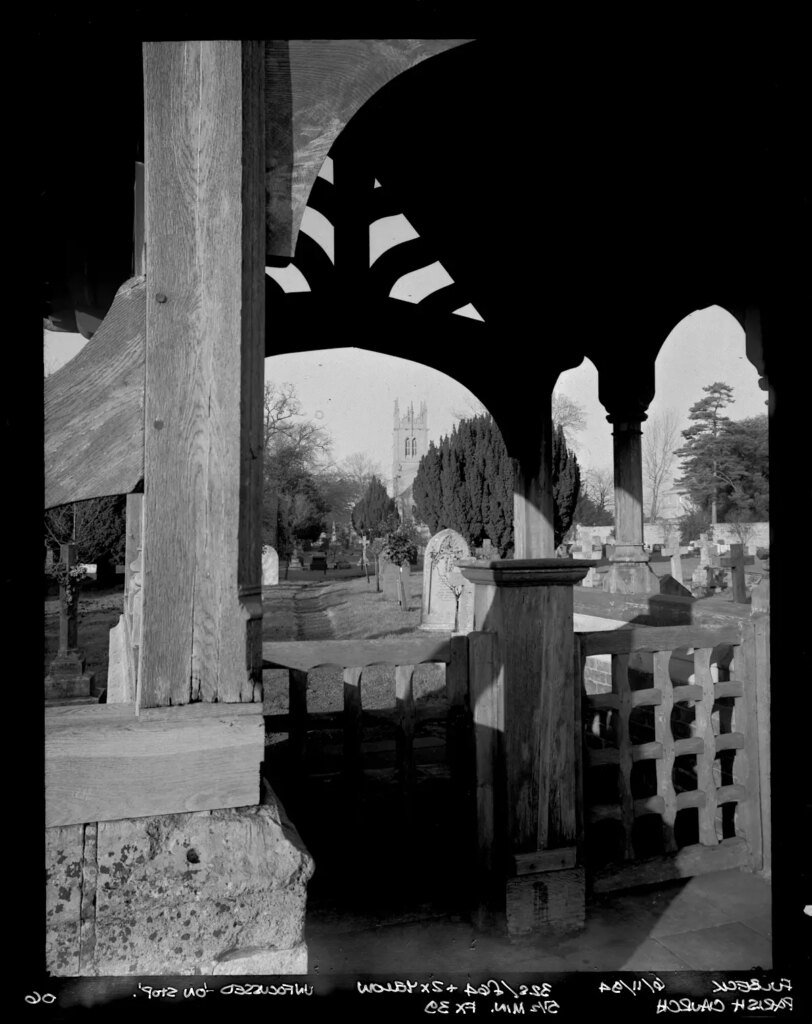
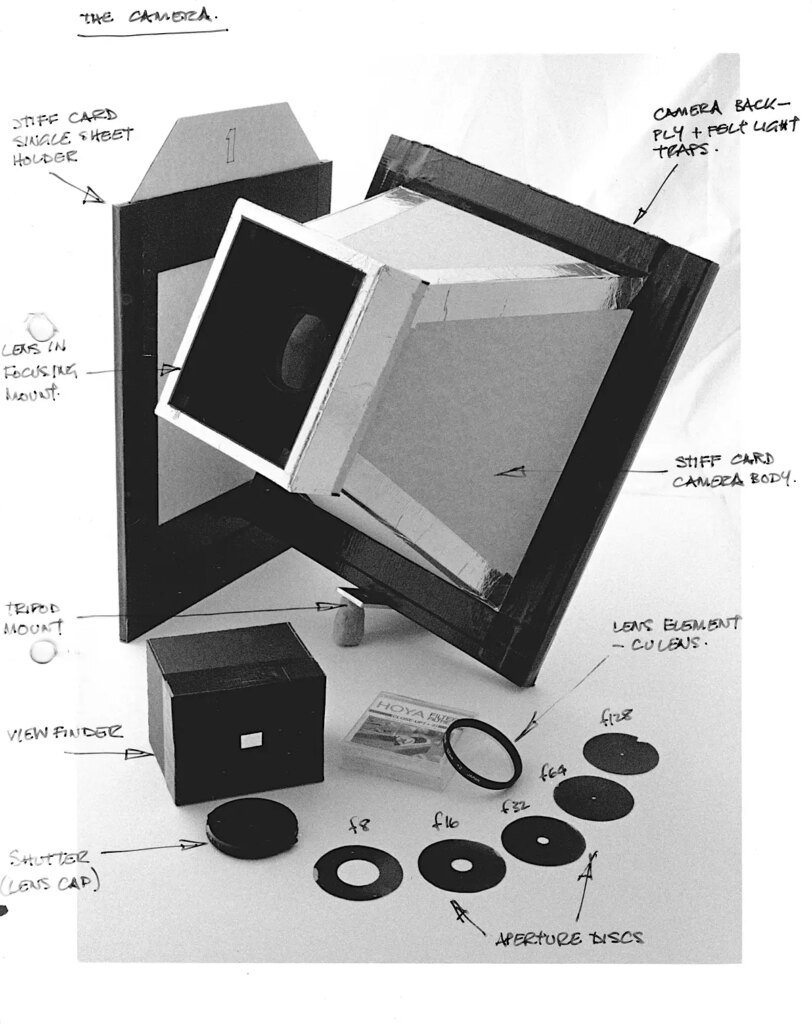
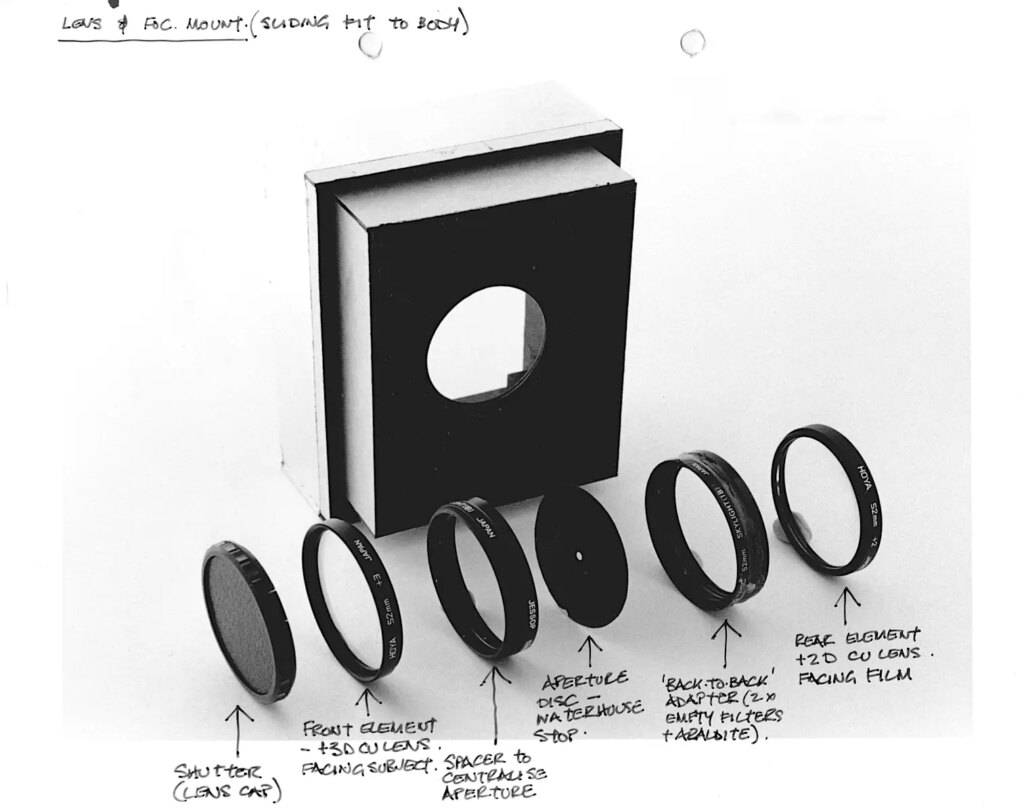
A plywood, cardboard and tape device came next with single dark slides also made from card and a simple meniscus lens in the form of a close-up lens used alone. This was improved with a doublet lens, constructed from two close up lenses mounted back to back on pairs of empty filter holders epoxied together. Waterhouse stops were made from thin brass discs drilled to provide a selection of apertures and cut to fit into one of the filter holders before screwing in a close-up lens.
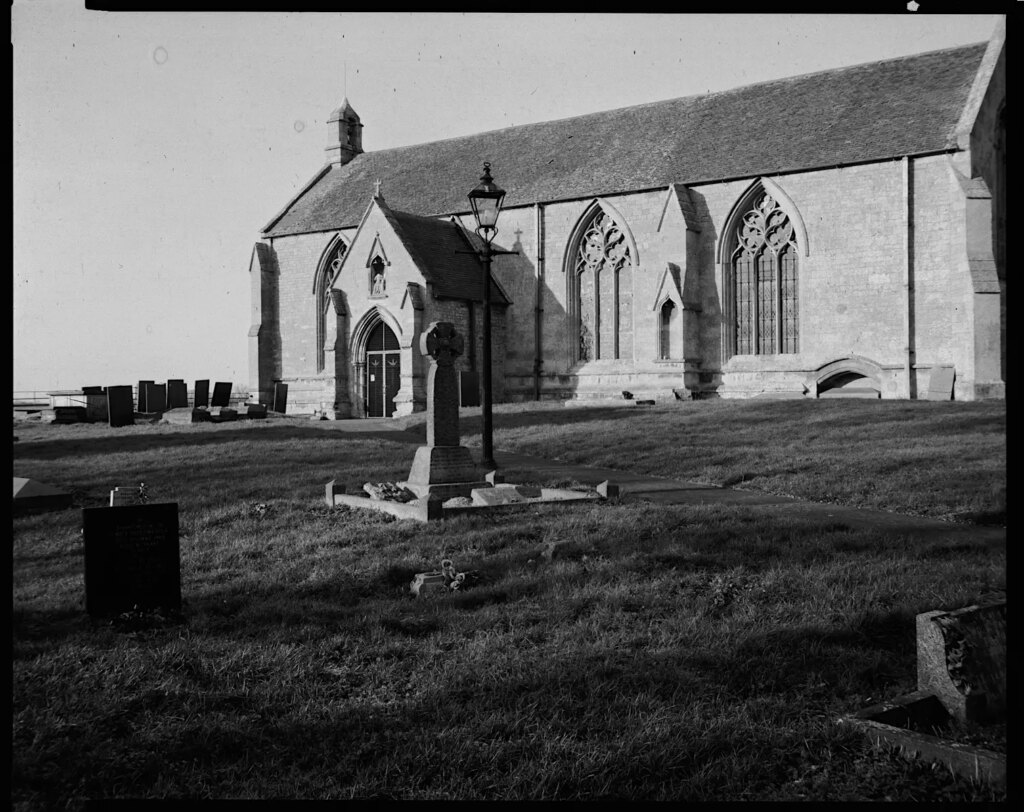
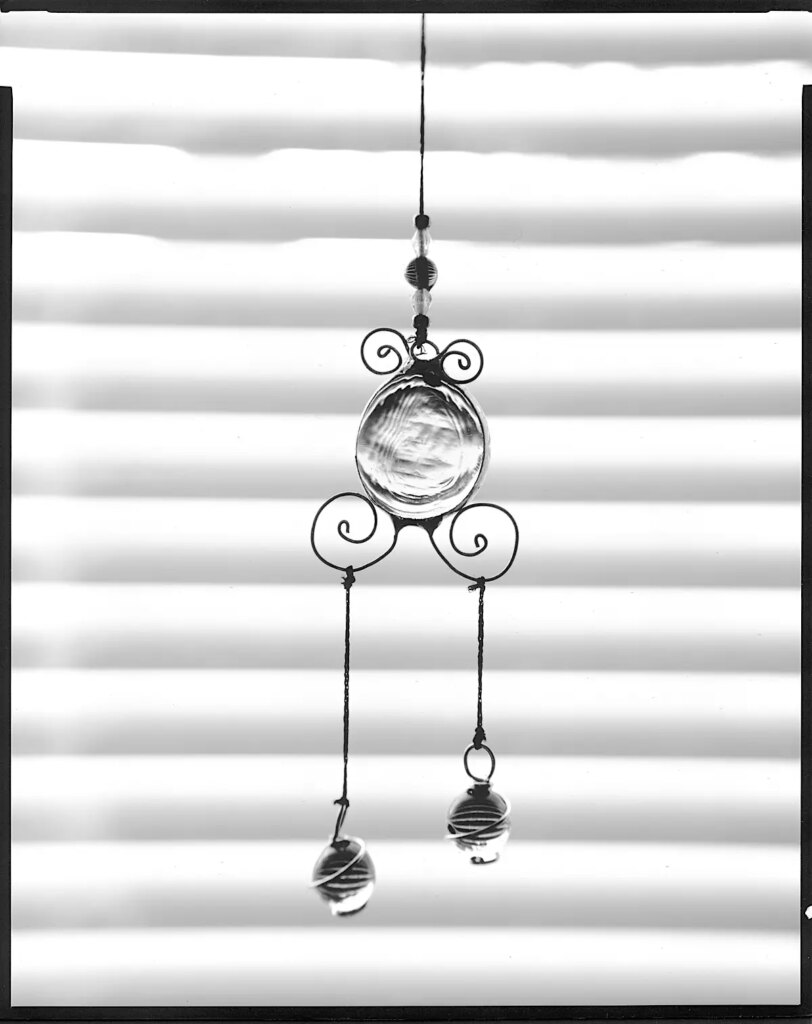
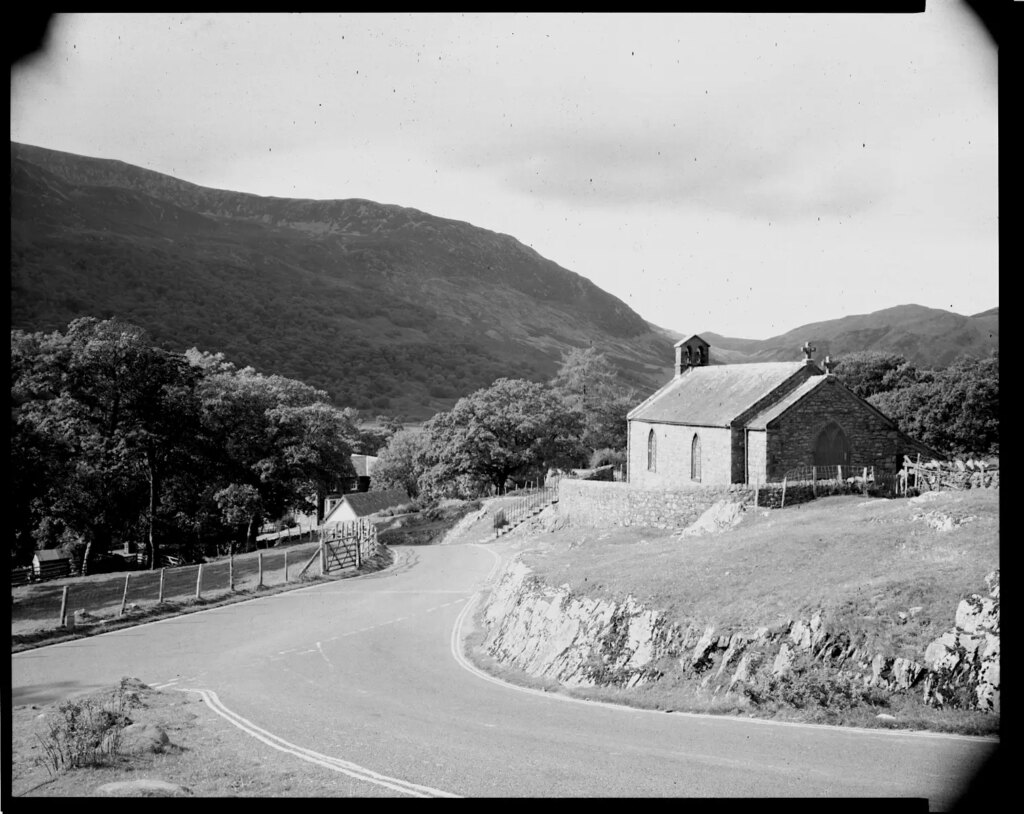
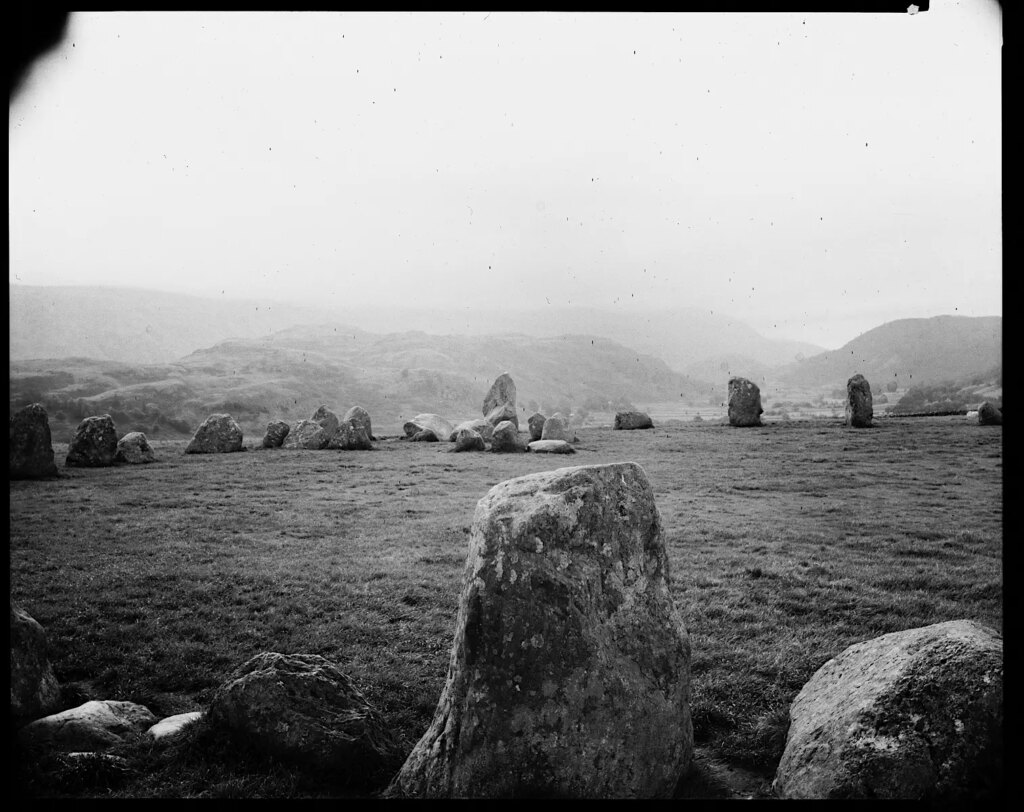
Later still I built a plywood, sliding box, focussing camera using the doublet lens I had made for the previous version but with the major advance of having two 8×10 DDSs I picked up on a visit to Vancouver in Canada. The “ground glass” was tracing paper lightly tacked to a glass sheet with spray adhesive which was quite workable in practice. Apertures were pretty small so depth of field was very generous and focus not critical.
Exposure.
As mentioned, a 2x yellow filter taped over the pinhole or added to the close-up lens combination greatly improved the tone range and contrast so one was used all the time.
Speed rating was ISO 6 from memory. Exposure was normally as long as I could manage because of reciprocity so it wasn’t critical and processing was by inspection in the darkroom so could be adjusted sheet by sheet.
Out of doors the wind could cause problems because the cameras were very light and easily disturbed, even the ply box version, which presented a large surface area to the breeze, being roughly a 12”/30cm cube.
Processing.
The negatives were processed under darkroom safelighting and contact prints made from them under the enlarger. Nowadays I scan the original paper negs using a flat bed scanner and invert and edit the files in Affinity Photo. This was the method used for most of these examples.
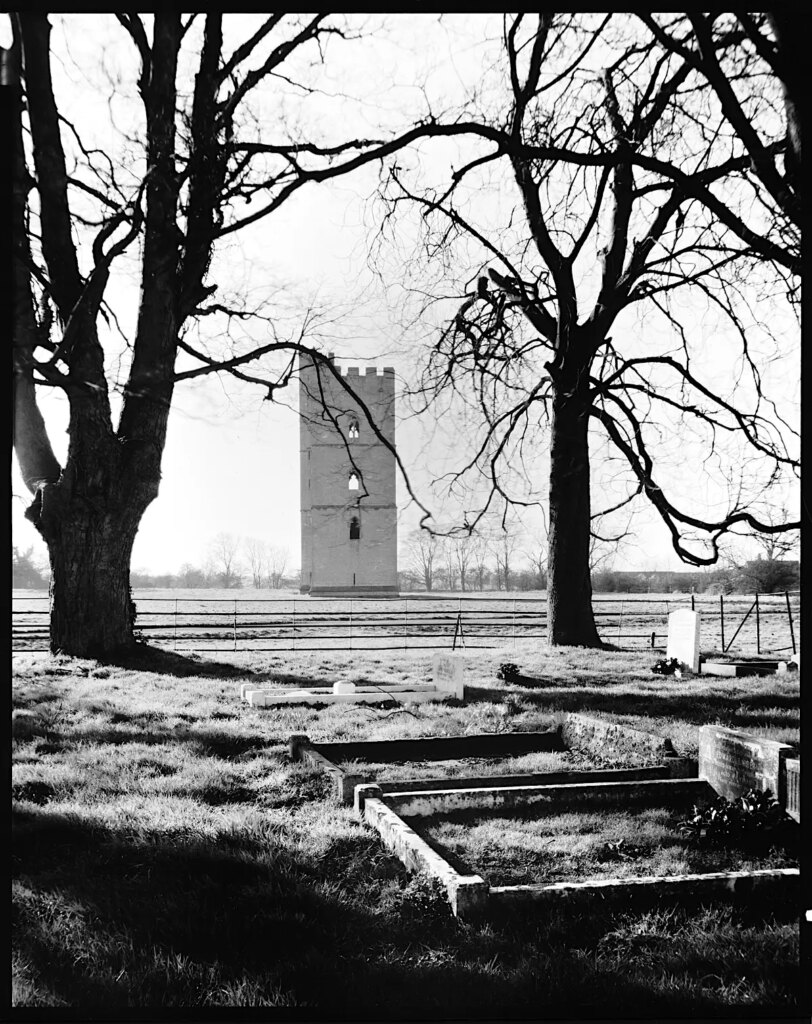
Conclusion.
I really enjoyed my large format experiments and learned a great deal into the bargain which I was useful when a decent 5×4 outfit came along later.
If you fancy giving it a try, using Multigrade paper as film is very workable even today. A pinhole camera and a processing drum would be an economic way to try it out or a dark room of some sort even better allowing for inspection during tray development.
Share this post:
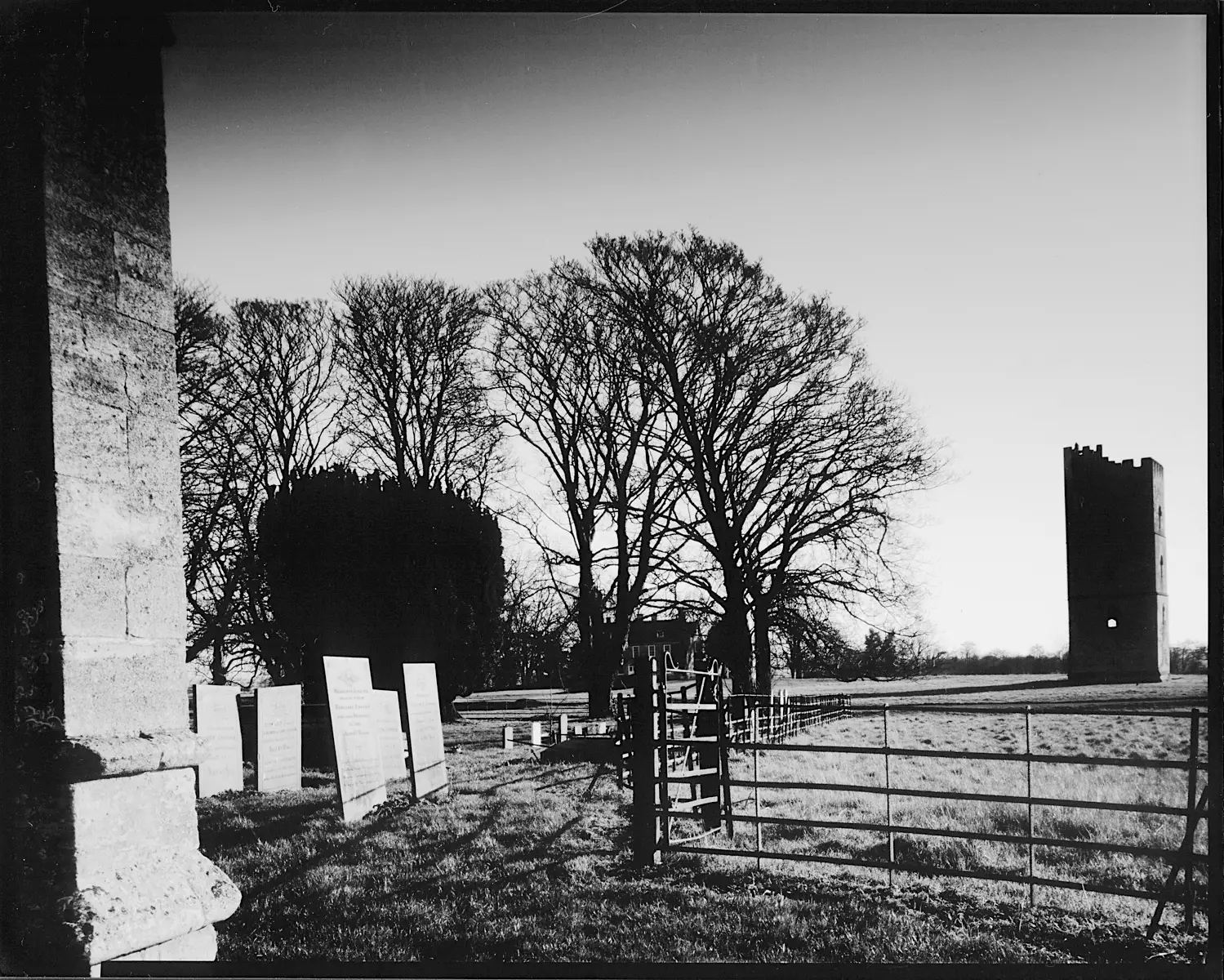








Comments
Martin JONES on That Time I Shot with Ilford Multigrade RC as film.
Comment posted: 26/05/2023
I found an old Vectis MDF pinhole camera kit and made it out of curiosity. Added a cold shoe, a tripod thread, 40.5mm filter thread, a properly drilled pinhole, spirit level and some Ilford MGRC 3” x 3” paper and off I went. Loading is a single sheet at a time, in a dark bag, so a slow process.
Took advice from the good folks over on the “Using photo paper as a negative” FB page about controlling contrast. For those that haven’t tried it, photo paper has relatively little latitude compared to film, so it’s easy to blow out the highlights and the sky.
Their advice was:-
Yellow filter – reduces blue light as Tony says above
Pre-flash the paper – pre-expose the paper to a small amount of light, helps the shadow detail a lot
Develop by inspection with alternating dilute developer and water bath – like stand developing
It’s early days, but I’ve been really pleased with the results. So much so that I’ve invested in a commercially made large format pinhole camera that takes 4x5 double film backs. No more grovelling on the floor with a dark bag for me.
There is a significant cost advantage in using photo paper compared to film. Photo paper at 4x5 comes in from about 15p per sheet compared to at least £1 for B&W film. It’s also easier to handle because it’s orthochromatic, so you can load and develop it under a safe light.
Photo paper is a fascinating negative medium to work with and I thoroughly recommend trying it :-)
Comment posted: 26/05/2023
CP93 on That Time I Shot with Ilford Multigrade RC as film.
Comment posted: 26/05/2023
Interesting article and intriguing images, thank you.
Comment posted: 26/05/2023
Karen McBride on That Time I Shot with Ilford Multigrade RC as film.
Comment posted: 26/05/2023
Comment posted: 26/05/2023
Matthias on That Time I Shot with Ilford Multigrade RC as film.
Comment posted: 26/05/2023
Comment posted: 26/05/2023
Jayden on That Time I Shot with Ilford Multigrade RC as film.
Comment posted: 26/05/2023
An enjoyable read!
Comment posted: 26/05/2023
Geoff Chaplin on That Time I Shot with Ilford Multigrade RC as film.
Comment posted: 27/05/2023
Comment posted: 27/05/2023
Hank on That Time I Shot with Ilford Multigrade RC as film.
Comment posted: 28/05/2023
Comment posted: 28/05/2023
Alexander Seidler on That Time I Shot with Ilford Multigrade RC as film.
Comment posted: 29/05/2023
Comment posted: 29/05/2023